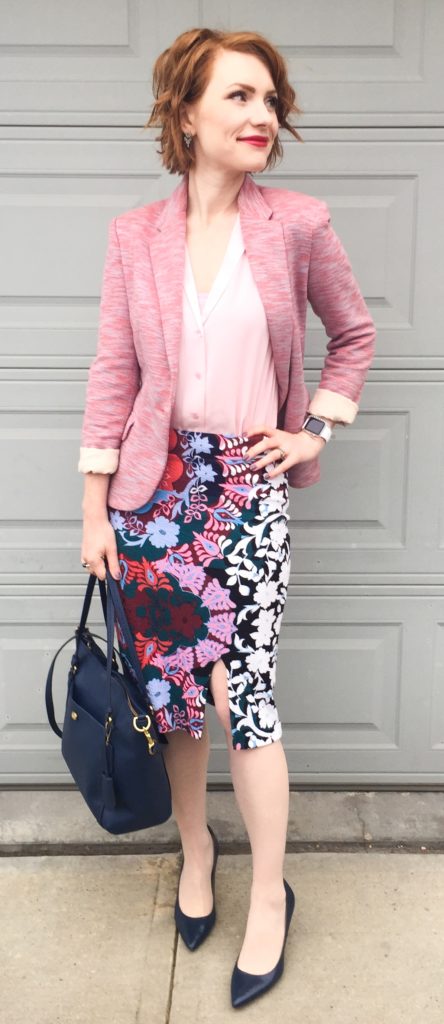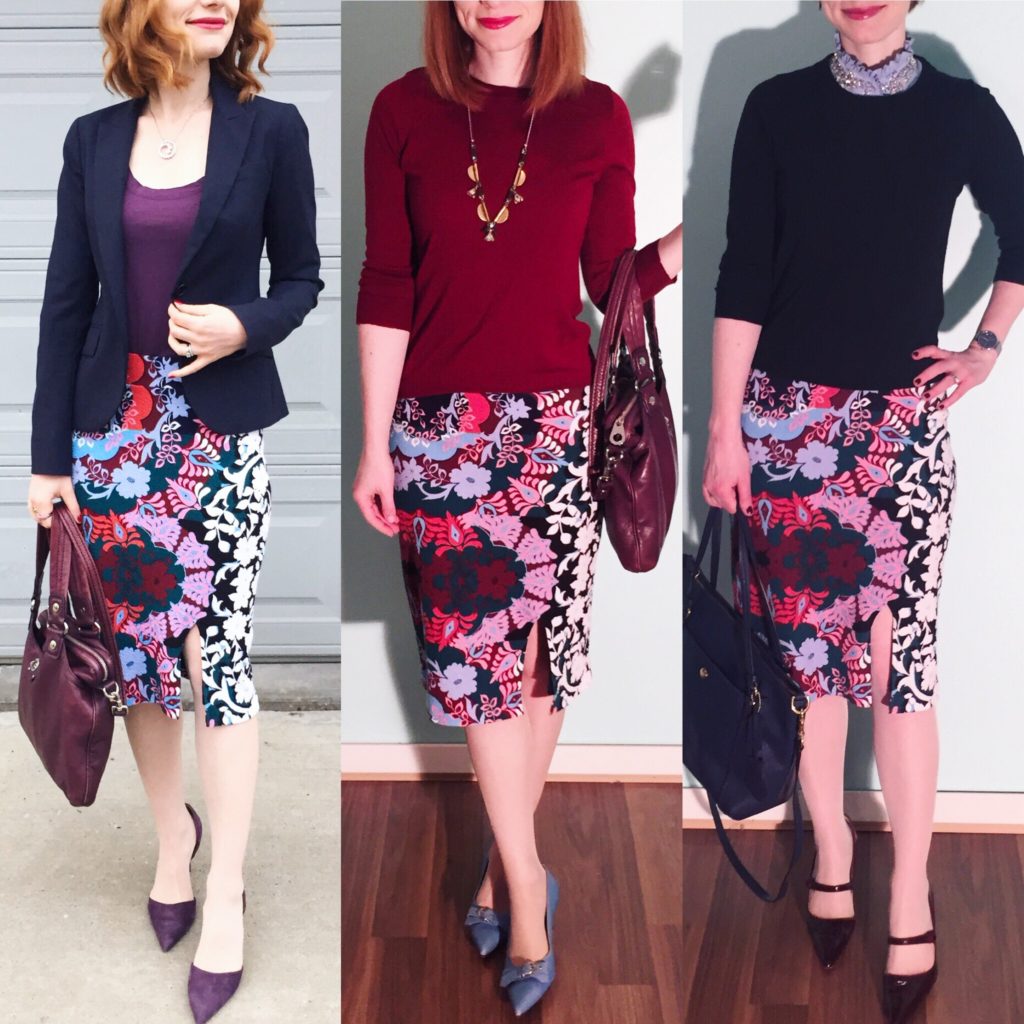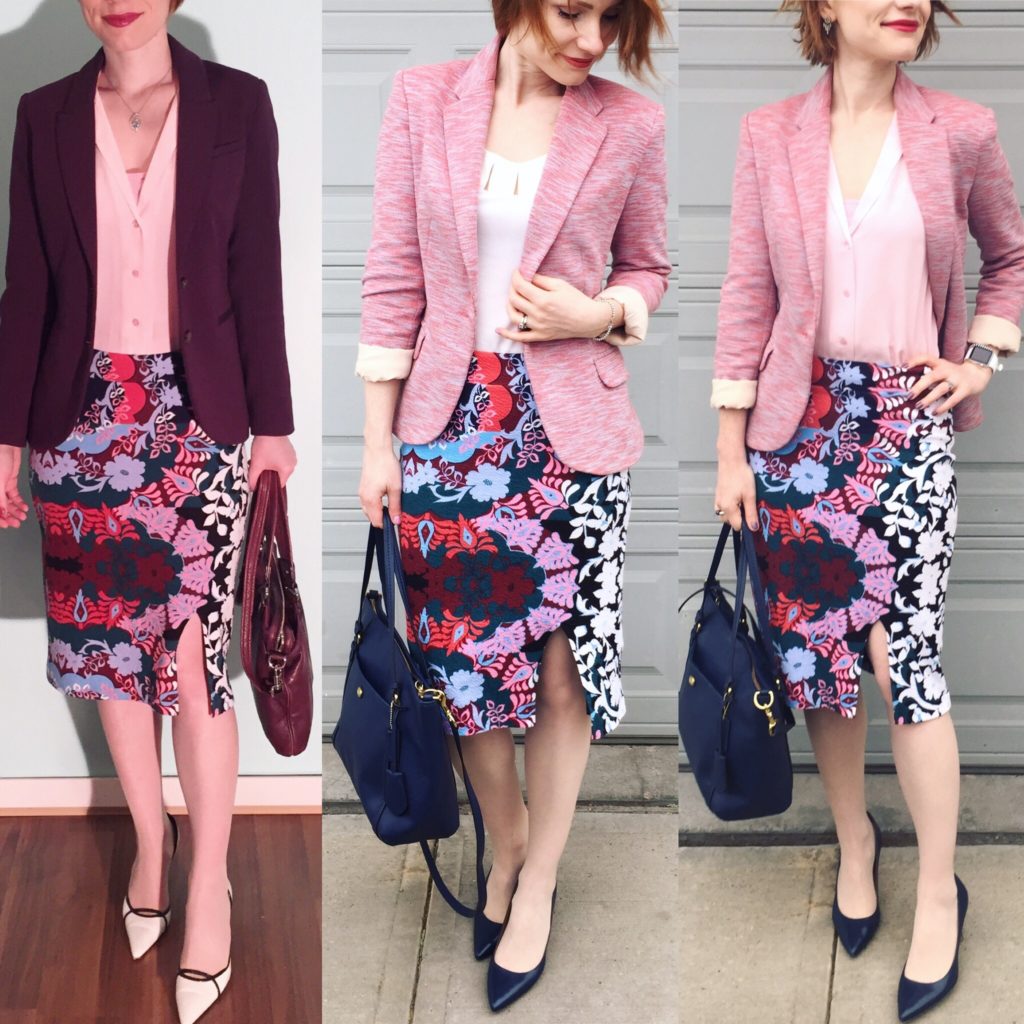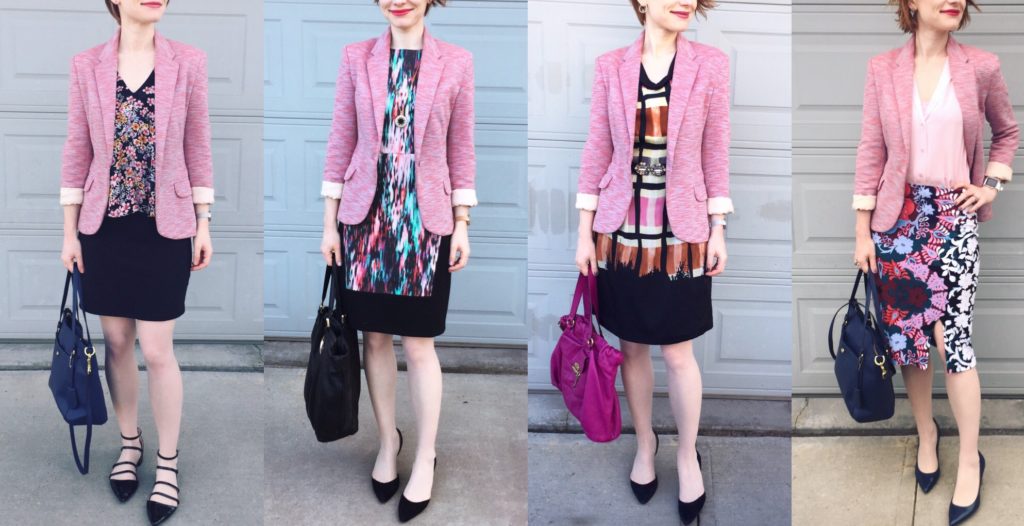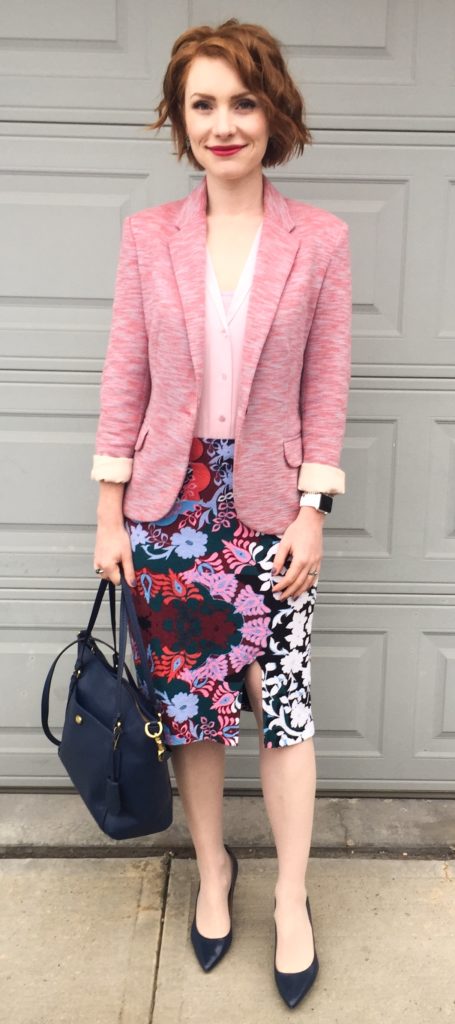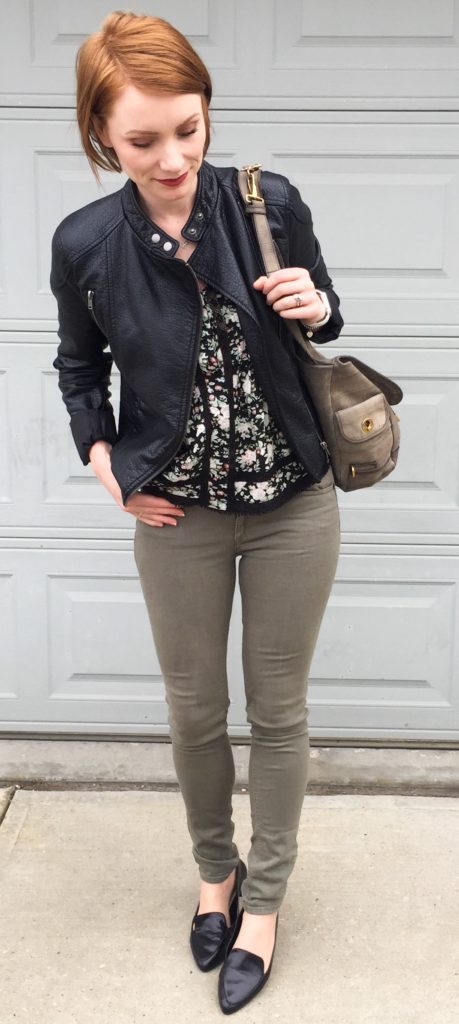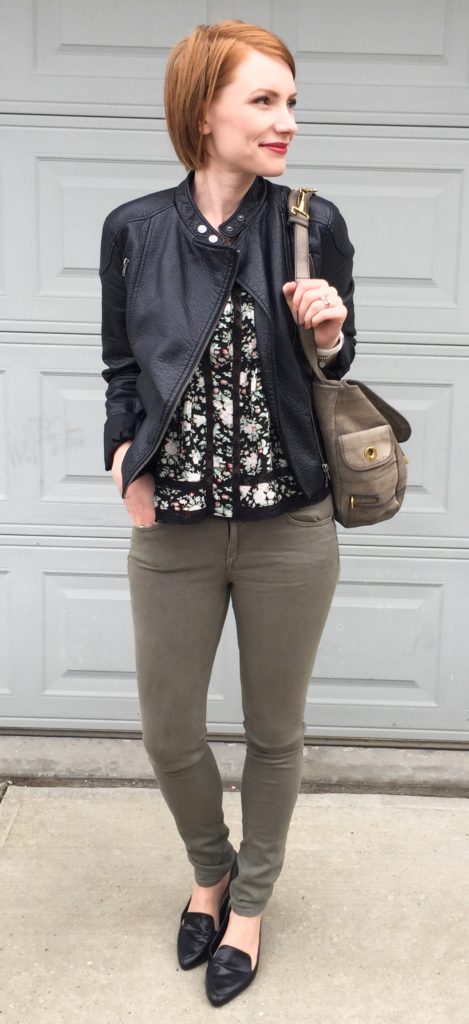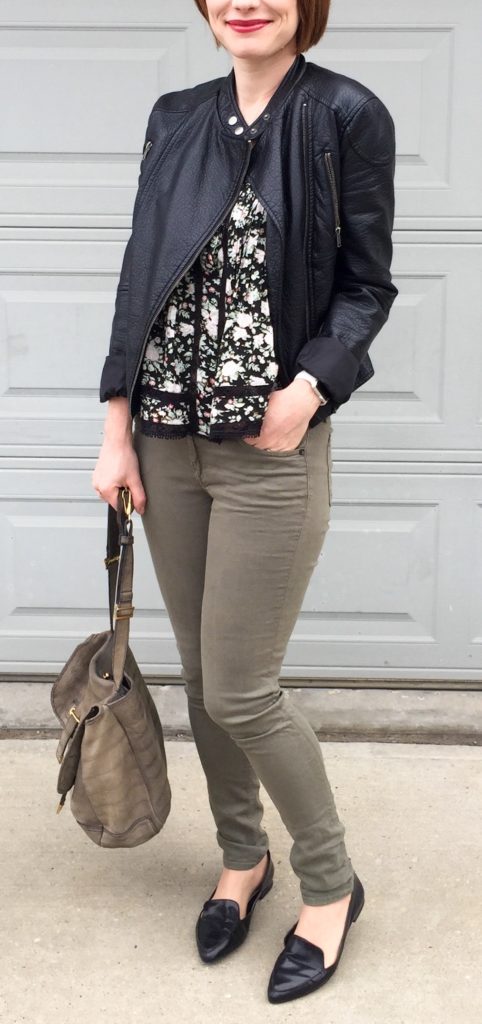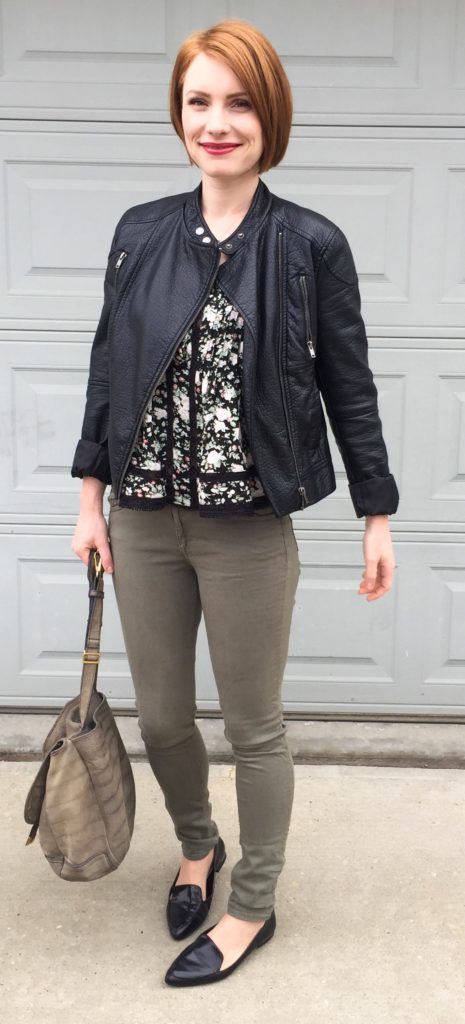Before we talk Game of Thrones, let’s check in with my reading list. Last week, I finally got around to reading A Scandalous Life, the biography of Lady Jane Digby by Mary S. Lovell. For those, like me, who are not familiar with that name, Lady Jane was a woman who gave up on social conventions pretty early in her life, and chose a (romantic) path well off the beaten track for her time; after a notorious aristocratic divorce, liaisons with various other men (including an emperor), her third and last husband was an Arab sheikh who was some 20 years younger than her. Viewed from a contemporary perspective, her choices don’t seem all that radical (when compared to say, the matrimonial career of Elizabeth Taylor), but it was heady stuff for the 19th century.
Lovell is one of my fave historical biographers, and I really enjoyed her writing (as always) and her perspective on the subject in this book. I wish she had included less extensive and frequent excerpts from other people’s writings to or about Lady Jane, but that’s a small quibble — I just hate long embedded quotes in any context. (That’s a bit of a lawyer in-joke.) What I liked a lot was the fact that Lovell acknowledged all of the privilege that allowed Lady Jane to rebel without suffering too much for it; she was exceptionally beautiful in an age when female beauty still counted for more than anything else, including intelligence and education (which she also possessed), and she had a relatively supportive (wealthy and titled) family who never fully abandoned her. In other words, she had a fairly substantial “safety net” throughout her life. This doesn’t fully detract from the fact that Lady Jane did take considerable risks that other women in her position did not, but it puts her choices in context — something I appreciate in a good biography.
Anyway, Lady Jane’s life was filled with juicy and/or thrilling episodes, which makes me think it is definitely overdue for a biopic treatment. Just think of the (male) eye candy! Or indulge me while I do. Ahem.
Moving on.
GAME OF THRONES TIME.
Requisite spoiler warning, blah, blah, blah.
Things are really zipping along now, eh? I mean, literally — people are traveling back and forth across all of Westeros in no time at all. I, for one, am not complaining. I will reiterate what I said earlier; the writers shouldn’t have dawdled in seasons 5 and 6, and we wouldn’t be in this situation of glossing over really cool events and reunions. But since we are here, we might as well get through it as expeditiously as possible. The title of episode 5 was a bit of a misnomer since we spent all of 5 minutes at Eastwatch-by-the-Sea, but it was decently paced and delivered lots of thrills.
Speaking of which … the true Targaryen heir has been revealed! By Gilly! As a book reader, I feel vindicated in my years-long speculation on this point. I mean, it was a widely-shared speculation but still. It is official canon now! Now I just can’t wait for everyone to find out. Picture that mic drop moment; I want an entire episode devoted to various characters’ reactions to that news. Of course, the show ain’t got time for that but I hope they make whatever they can spare worth the wait. If only they could resurrect Catelyn Stark so someone could tell her. I HATED Catelyn for the way she treated Jon.
Speaking of the Starks, here’s a question: are Catelyn’s girls getting played by Littlefinger as easily as their mother did? And if so, are the results going to be similarly disastrous? The answer is probably “no”, if only because Arya and Sansa have All Knowing Bran on their side. Surely, he will sort out any misunderstandings before things get out of hand. With that said, I’d much rather find out that Arya and Sansa have been luring Littlefinger into a trap by pretending to be at odds. That would be infinitely preferable to sisterly squabbles, round 2. My prediction after this episode was that Littlefinger would meet his end courtesy of Arya, wearing Sansa’s face and using Bran’s dagger. Someone reminded me that the only way Arya can use a face is by killing its original owner so … scratch that. Even better, maybe she can use Catelyn’s face (which, IIRC, we’ve seen at the Temple of the Many Faced God or whatever that place in Braavos was called). Littlefinger would think he was having the best dream of his life and then, BAM! Dead.
Yes, I have been thinking about this.
Quick hits:
– I have actually not watched the early seasons of GoT (I read the books and jumped straight into season 4), so I missed Gendry’s original storyline, but I am DOWN for Gendry 2.0: Bromance Bugaloo. How cute was Gendry and Jon’s meet-cute? So cute. “You’re shorter than your dad.” Heh. Also, truth.
– I freaking love Ser Davos. He is probably my second fave character now.
– Poor Tormund and his doomed love for the “big woman”.
– Speaking of which, what are your bets on which of the Magnificent Seven/Suicide Squad, North Edition are making it back alive and well? Mine: Jon (for sure); the Hound (too much unfinished business); Jorah (ugh, but very likely); Gendry (that bromance is too hot). I really, really hope that Tormund makes it back — I’ve grown fond of that ginger bastard — but I have a bad feeling about his chances. Beric, Thoros and the others … toast. Or, I should say, wight fodder.
– But also … this whole bright-a-wight-back-to-convince-Cersei-to-join-forces is the dumbest thing. I like Tyrion, but what the hell, man?
– Aww, Drogon likes his step-daddy.
– Dany shares Drogon`s feelings, obvi. Jorah, you`ve still friend-zoned. Hahahaha! (Did I mention how much I hate Jorah?)
That`s it for another week. Share your GoT thoughts and speculation in the comments; ditto for reading rec`s — I promise to return to regular What I Read posts soon!
